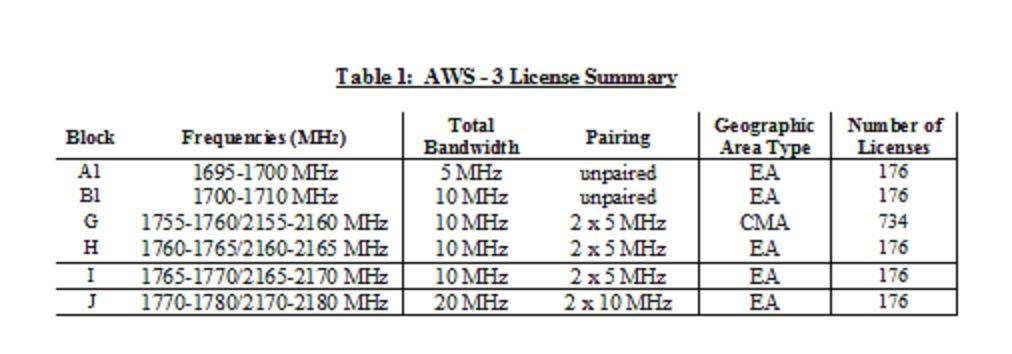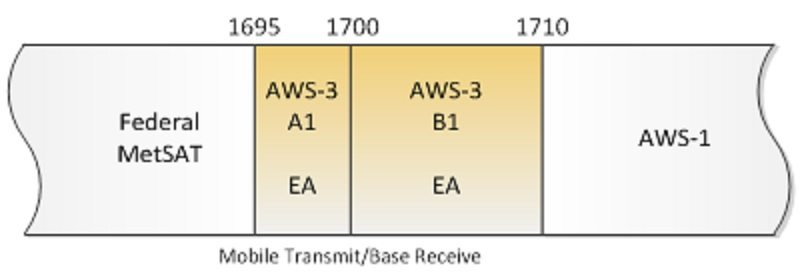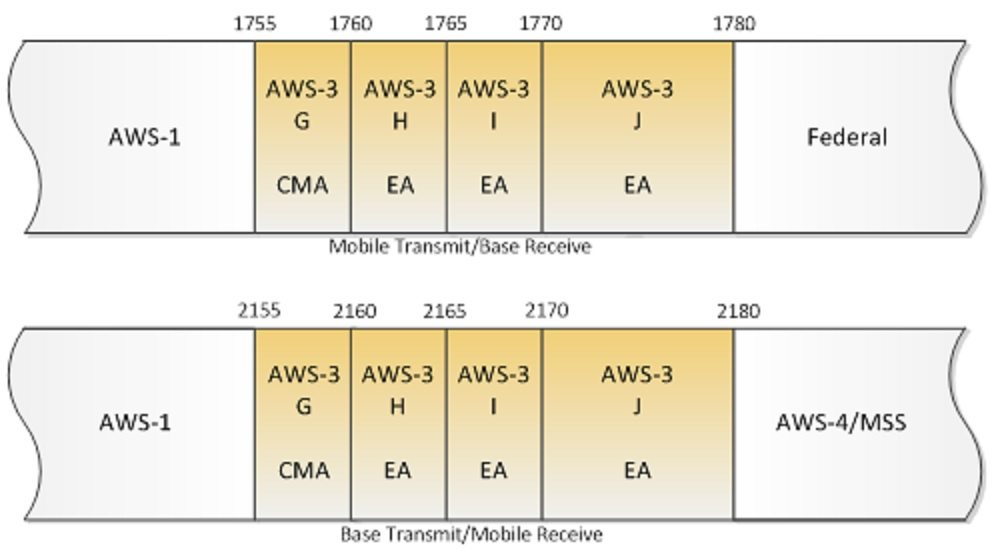The Federal Communications Commission’s move this week to expedite a conclusion to the more than 2-month-old Auction 97 proceedings caused a ripple in the FCC spectrum auction that required some day-to-day adjustments.
The FCC late last week said it planned to move the auction process to its “stage four” requirements with the resumption of activity yesterday. That move required bidders to be active on 100% of their bidding eligibility in each round, and resulted in a furry of activity.
Yesterday’s opening round (247) witnessed 63 new bids, which was a sharp increase from the single-digit number of new bids that ended last week and caused the FCC to delay bidding on the next round. Following the delay, 85 new bids were placed in round 248, which resulted in the FCC scaling back the total number of scheduled bidding rounds from 14 rounds to just 10 rounds, with each round continuing to last just 10 minutes. The day’s remaining eight rounds of bidding averaged 65 new bids each.
Financially, the rash of new activity added more than $100 million in new auction proceeds, pushing Auction 97’s record haul past $44.8 billion. Most of the action continued to center on second- and third-tier markets, with the auction’s big-ticket items remaining all but wrapped up. The auction’s most expensive licenses remain the J-Block license centered on New York City, with one lucky bidder having committed more than $2.7 billion for that license; the J-Block license centered on Los Angeles is No. 2 with a nearly $2.1 billion bid; followed by the I-Block license centered on New York City at $1.3 billion.
The most recent activity did result in one licenses moving back into the hands of the FCC as a bidder removed its potential winning bid for the G-Block license centered on Caldwell, La. That license joins the G-Block centered on San Miguel, Colo., as the only licenses of the 1,614 total licenses up for bid that do not have potential winning bids.
The licenses up for bid are spread across the 1.7/2.1 GHz spectrum bands known as AWS-3. The licenses include three 5×5 megahertz licenses (G-, H- and I-Blocks) and a single 10×10 megahertz license (J-Block). The G-Block licenses are carved into commercial market area-sized licenses, which total 734 licenses covering the country. The remaining blocks are economic area-sized that will total 176 licenses covering the country. The 15 megahertz of unpaired spectrum is split into two licenses, one with 5 megahertz of total spectrum parsed out on an EA basis, and the other with 10 megahertz of spectrum also in an EA configuration.
In setting the stage for today’s action, the FCC said it planned to conduct 11 rounds of bidding, with the opening round garnering 35 new bids totaling $4.77 million.
Auction 97 is set to conclude when there are no bids in a single round, with license winners to be announced after the auction concludes.
RCR Wireless News recently spoke with Roger Entner, founder and lead analyst at Recon Analytics, about the FCC’s ongoing Auction 97 spectrum bidding. Entner noted that the auction’s record haul shows signs of insecurity on the side of mobile operators that are unsure how current government debate over broadband regulations could impact their operations.
RCR Wireless News also spoke with Bill Ho, founder and lead analyst at 556 Ventures, about how license winners in the FCC’s Auction 97 proceedings could offset some of the high costs associated with those AWS-3 licenses with lower costs tied to current network deployments using spectrum in the AWS-1 band.
Bored? Why not follow me on Twitter i>




